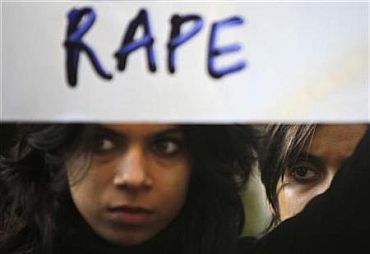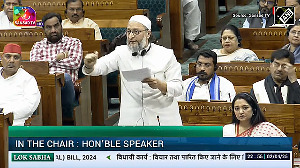 A prosecution witness on Monday told a fast track court that the bite marks on the body of the December 16 gang rape victim were likely caused by two of the accused in the case.
A prosecution witness on Monday told a fast track court that the bite marks on the body of the December 16 gang rape victim were likely caused by two of the accused in the case.
The witness, who practices forensic odontology which deals with the proper handling, examination and evaluation of dental evidence, submitted that some of the bite marks on the 23-year-old victim reasonably matched the dental models of Ram Singh and probably that of Akshay, both accused in the case.
"Based on the bite marks visible in the photographs 1,2 and 4, and their comparison with the dental models of the five suspects, there is reasonable medical certainty that the teeth of Ram Singh caused the bite marks. The same comparison was not true for the remaining four suspects as having caused the bite marks (in those photos).
"Based on bite marks visible in photograph 5 and their comparison with the dental models of the five suspects, the teeth of Akshay probably or most likely caused the bite marks. The same comparison did not hold true for the remaining four suspects as having caused the bite marks," the witness told Additional Sessions Judge Yogesh Khanna during cross-examination by the defence counsel.
At this, defence counsel V K Anand said that use of words 'likely, 'probably' in his report suggests that it was not reliable, concrete and that it could not be acted upon.
The witness then went on to explain the different degrees of certainty that are used while such reports are prepared and what each degree implies. He said the first degree is termed "reasonable medical certainty" and it denotes "highest order of certainty that the suspect caused the bite mark and there is no reasonable or practicable possibility that someone else could have caused the bite mark".
The second degree is termed "possibly the biter or cannot exclude the biter", he said, adding that it implies that "the suspect's teeth may have caused the bite mark, but so could have others".











 © 2025
© 2025